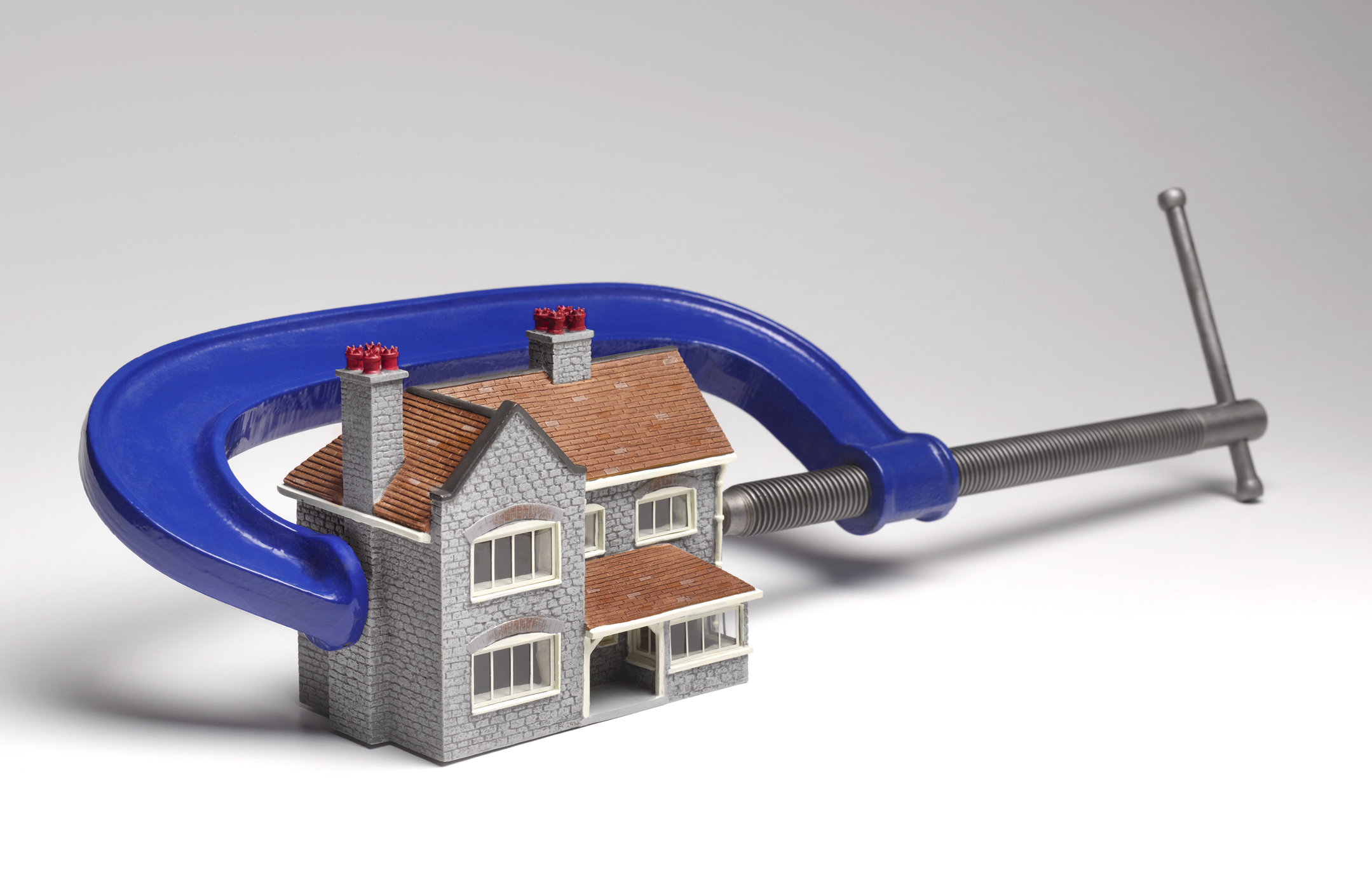Landlord returns down 45% since the pandemic – is buy-to-let still worth it?
High mortgage rates have hit landlord profits. We explain if you can still make money out of a buy-to-let portfolio


Property investors have been hit with a 45% drop in annual returns since the pandemic as high mortgage rates and tax relief restrictions weigh on returns, new research suggests.
It comes as the perks of buy-to-let investing have reduced in recent years amid extra stamp duty charges on additional property purchases and restrictions on mortgage interest relief.
More recently, higher buy-to-let mortgage rates and slowing rental growth during the cost-of-living crisis have dampened the profits that landlords can make from property investing.
MoneyWeek
Subscribe to MoneyWeek today and get your first six magazine issues absolutely FREE

Sign up to Money Morning
Don't miss the latest investment and personal finances news, market analysis, plus money-saving tips with our free twice-daily newsletter
Don't miss the latest investment and personal finances news, market analysis, plus money-saving tips with our free twice-daily newsletter
Analysis by comparison website Finder has found that yearly returns for a landlord taking out a buy-to-let mortgage on the average UK property were more than £4,000 lower in April 2024 – a 45% drop – compared with the same month in 2020.
The research highlights that incentives are still lacking for landlords to invest in rental properties, as high mortgage rates – 4.73% for the average two-year buy-to-let mortgage in June 2024 – hit their portfolios.
Meanwhile, property brand Savills has previously warned that high inflation over the past couple of years means tenants are, understandably, reaching an affordability ceiling on what they can pay for rent.
Its latest data shows rental growth in prime areas has hit a three-year low.
The state of the UK rental market
Finder compared average buy-to-let mortgage rates, house prices and rents in the UK to estimate the returns for a landlord signing up for a new mortgage deal at each point in time.
It found that if a landlord had taken out a two-year fixed-rate buy-to-let mortgage with a 25% deposit for the average property worth £230,318 in April 2020, they would have had an average monthly return of £776 from rental income after paying the interest. This would total £9,309 over a year.
However, if they’d taken out the same mortgage in April 2024 on the average property worth £281,373, they would get 45% less in average monthly returns at just £424. This totals £5,087 over a year, a drop of £4,221 in rental income per property.
The latest figures from Savills, covering the prime property market around London, show average rents were up 2% annually during the second quarter.
That is the lowest level since 2021, a long way from the days of double-digit returns, and is attributed by the agent to affordability barriers and more stock coming to the market.
Is buy-to-let still worth it?
Higher mortgage rates and fewer tax perks have taken some of the shine from buy-to-let investing.
Many analysts expected growth to slow this year and landlords may exit due to concerns about the new Labour government’s plans to ban section 21 'no-fault' eviction notices.
But the rental sector is still plagued by a lack of supply and high levels of demand, which could keep rents high in some areas.
Estate agency trade body Propertymark has said there were nine new applicants for each available rental property in May 2024, while property website Rightmove reported that the average rent outside of London hit a record high of £1,316 in the same month.
“The buy-to-let market has been stagnating over the past couple of years as rising interest rates have made it less profitable for landlords,” says Liz Edwards, money expert at Finder.
“We are now seeing the worrying effects this is having on an already competitive rental market, leaving renters with fewer options and pushing prices higher and higher.”
Jessica Tomlinson, research analyst for Savills, says landlords still need to be realistic on how much they can charge tenants though.
“Realistic expectations on price and willingness to carry out general improvements to present properties at their best will be vital among landlords to retain demand,” she says.
“With some of the heat coming out of the market, some tenants who stretched themselves last year when competition was fierce are considering swapping for lower-priced properties."
Get the latest financial news, insights and expert analysis from our award-winning MoneyWeek team, to help you understand what really matters when it comes to your finances.

Marc Shoffman is an award-winning freelance journalist specialising in business, personal finance and property. His work has appeared in print and online publications ranging from FT Business to The Times, Mail on Sunday and the i newspaper. He also co-presents the In For A Penny financial planning podcast.
-
 Revealed! The most viewed properties on Rightmove amid Boxing Day boost
Revealed! The most viewed properties on Rightmove amid Boxing Day boostThe property website predicts that the housing market is set for a busy 2026 based on user activity over the festive period. Here are the most viewed homes on Rightmove during Boxing Day
-
 ISS backs Edinburgh Worldwide’s board as Saba questions SpaceX selloff
ISS backs Edinburgh Worldwide’s board as Saba questions SpaceX selloffShareholder advisor ISS has recommended that shareholders vote against Saba’s proposals to replace the board of the Baillie Gifford-managed investment trust